[youtube http://www.youtube.com/watch?v=7q4YTpa3Bwg]
Who would have known 50 years ago that Angel Falls can be experienced like this?
Flying in a motorized paraglider over one of the most diverse continents in the world I find it absolutely awe inspiringly mind blowingly beautiful that nowadays we have the technology to provides us with new perspectives on this spherical rock called earth, أرض. This new perspective is not only important for scientific purposes, for instance to track changes of the Mesopotamian Marshes or Urbanization in Dubai or to track human rights abuses in Syria. But also simply to shows us the stunning beauty of our temporary dwelling.
We can now seize the moment and forever record what is left of this earth, places that will undoubtedly no longer exist in years to come. For example, George Steinmetz has been photographing remote landscapes for the past decade by flying ultralight air crafts. He has managed to capture some unique aerial pictures, without being noticed or heard.
Just as bloggers use the Internet as their weapon for advocacy, singers use music and artists may use documentary and film making, scientists use satellite imagery.
Here is a collection of what I found on the NASA Earth Observatory website.
In December 2011 , a new island began forming between Yemen and Eritrea among the Zubair archipelago in The Red Sea thanks to an underwater eruption.
Located in the East African nation of Eritrea, the Nabro volcano began its eruption explosively on June 12, 2011 for the first time in recoded human history.
A clearly visible line marks 50 kilometers of the international border between Egypt and Israel
The different colors of the land surface are the result of trampling by humans and their livestock. Trampling disturbs the dark-colored soil crusts on the Egyptian side of the border, allowing lighter-colored dune sand beneath the crusts to be exposed by winds. Irrigated commercial agriculture in Israel appears as a series of large circular pivot fields, with darker greens indicating growing crops .
In the valleys of the Zagros Mountains in southern Iran, although the rivers and lakes are dry above the ground much of the time, subterranean water carves its way through the mountain and allows for farmers to continue cultivating their fields. The product is a broad fan of lush agricultural land.
One of the fascinating aspects of viewing Earth at night.
Egypt with bright Cairo at the center and other minor cities along the Nile Valley. Tel-Aviv is further north east on the coast and Amman lies east of it.
Scattered blue-grey clouds cover the Mediterranean Sea and the Sinai, while much of northeastern Africa is cloud-free. A thin yellow-brown band tracing the Earth’s curvature is “air glow” resulting from the interaction of atmospheric atoms with solar radiation at approximately 100 kilometers of altitude.
::NASA Earth Observatory website

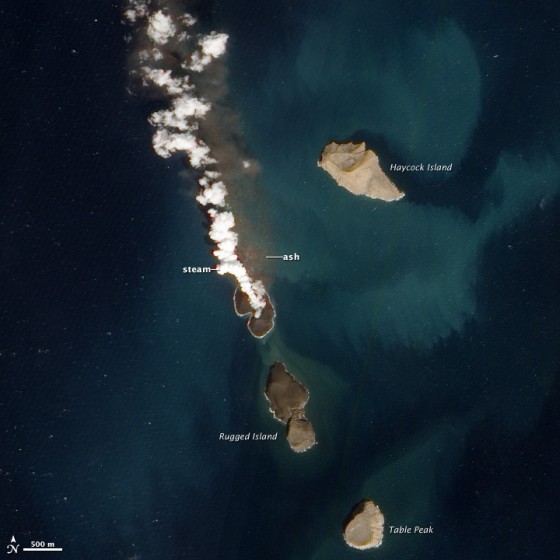
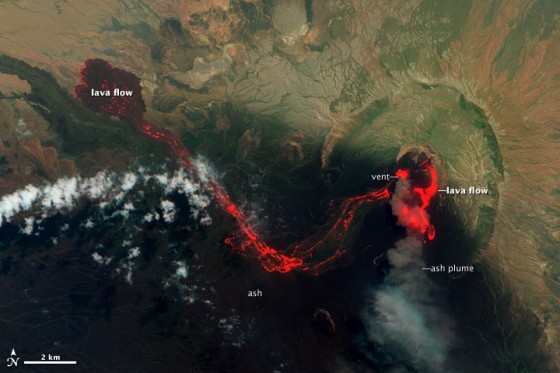
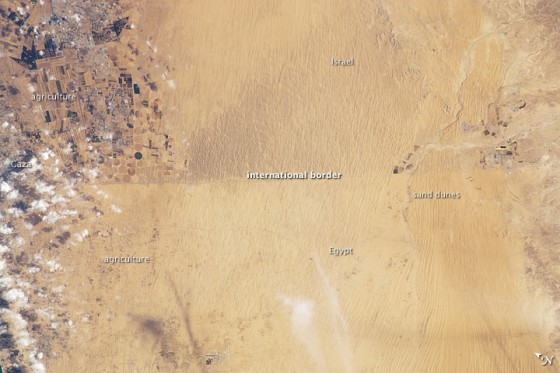
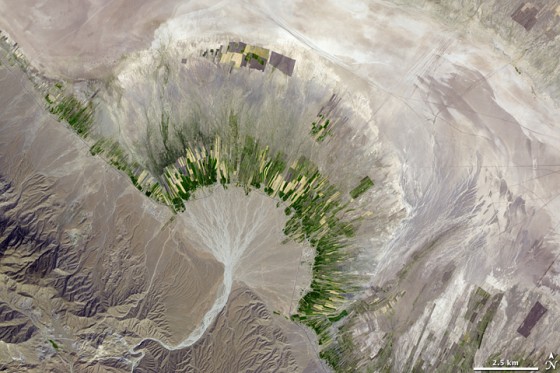
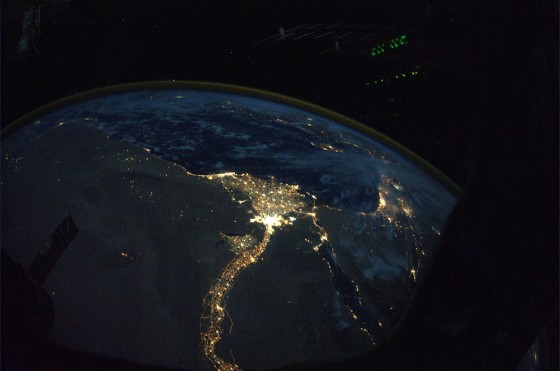

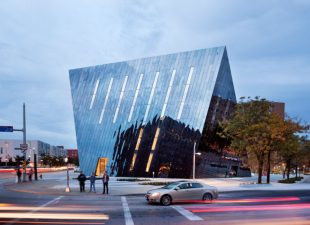

Really fascinating photos from NASA. spirulina